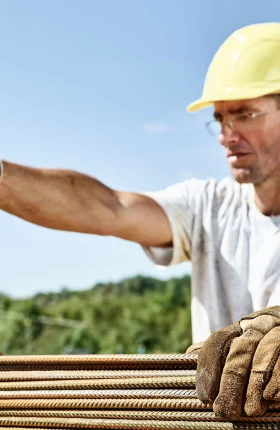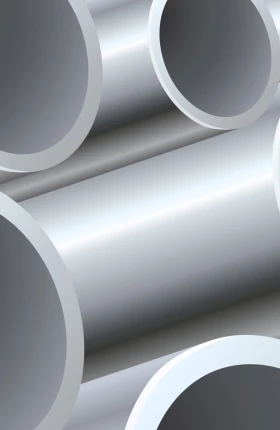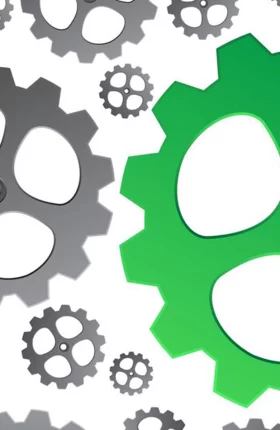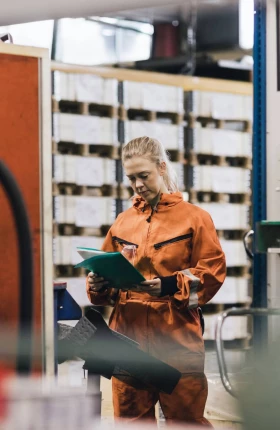Steel is essential to the modern world. Thanks to its strength and its properties of formability, it is one of the most versatile engineering materials—and the material of choice for the construction of bridges and buildings, for automotive and machine parts, and for packaging food, generating power, and uses in aerospace engineering.
The steel industry is an essential part of Europe’s economy. The EU27 steel industry directly employs around 360,000 people, and, in 2011, the sector produced 11.7 percent of steel worldwide. The EU27 is the top steel-importing region in the world—36 million tons (Mt)—and the third steel-exporting region—38 Mt—after China and Japan.
The steel industry overall, and the steel industry in the EU27 in particular, has a significant role to play in responding to one of the most important challenges facing humankind—climate change. In 2009, the European Council defined a target: diminishing greenhouse-gas emissions by 80 to 95 percent of 1990 levels by 2050. In assessing the European steel industry’s response to that long-term target, it is important to understand the extent to which the steel industry can itself reduce emissions and the extent to which the use of steel in other sectors can enable emissions reduction.
First looking at the steel sector’s own impact, we found that between 1990 and 2010, total CO2 emissions in the EU27 steel industry fell by about 25 percent (from 298 Mt to 223 Mt). This reduction was driven mainly by lower steel production volumes and a partial switch from high- to lower-emission-generating types of production; to a limited extent, it was also the result of efficiency gains.
Looking ahead, of course, involves much more uncertainty. Steel production, for example, is expected to grow around 0.8 percent per year between now and 2050 in order to meet the demand for steel in the EU27. Thus efficiency gains could, to a large extent, be offset by higher volumes.
Based on projected steel production, future scenarios for reduction in CO2 emissions lie somewhere between two extremes: At one extreme is a continuation of the status quo, with specific CO2 intensity and route splits remaining at 2010 levels—that is, 305 Mt CO2, or an increase of absolute emissions by 2 percent over 1990 levels. At the other extreme is a theoretical maximum-reduction scenario—that is, 184 Mt CO2, or a 38 percent decrease over 1990 levels. But this maximum-reduction scenario would entail a radical restructuring of production that requires not only highly expensive investment but also the availability of cheap natural gas and electricity. Thus, from an economic point of view, an absolute CO2 reduction of about 10 percent from 1990 levels is the most likely outcome.
The latter objective can be achieved by an improvement in current production routes and an additional shift (from 41 percent to 44 percent) toward more Scrap-EAF steel. Depending on the scenario, by 2050 the average specific emissions per ton of crude steel could be reduced from 1990 levels by between 14 and 48 percent.
Using carbon capture use and storage (CCUS) in addition to the other technologies, as an end-of-pipe technology, could bring absolute emissions down by almost 60 percent of 1990 levels—reducing specific CO2 emissions by over 60 percent. But economic practicalities and uncertainty over the availability and public acceptance of CCUS render this option highly speculative.
Looking also at how the steel industry can make a real difference as a mitigation enabler, we found that, with its strength and durability, steel enables savings in other industries. Specifically, our assessment of eight conservative case studies demonstrated that CO2 savings in other industries outweighed the emissions created by the production of the necessary steel at a ratio of 6 to 1—resulting in net savings of around 370 Mt CO2 per year by 2030. When looking at the potential emissions of the steel industry of 260 Mt to 305 Mt in 2050, the net savings (as illustrated by the eight case studies) fully enabled by steel alone are likely to exceed the total emissions of the steel sector.
The Boston Consulting Group and the Steel Institute VDEh have together published a realistic technical view of steel’s CO2-abatement potential, examining which reduction technologies are available and how much impact they can make between now and 2050. Their new report, Steel’s Contribution to a Low-Carbon Europe 2050: Technical and Economic Analysis of the Sector’s CO2 Abatement Potential, also examines the economic dimension and how such considerations will affect decisions on investment in emissions-reducing technologies.








